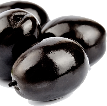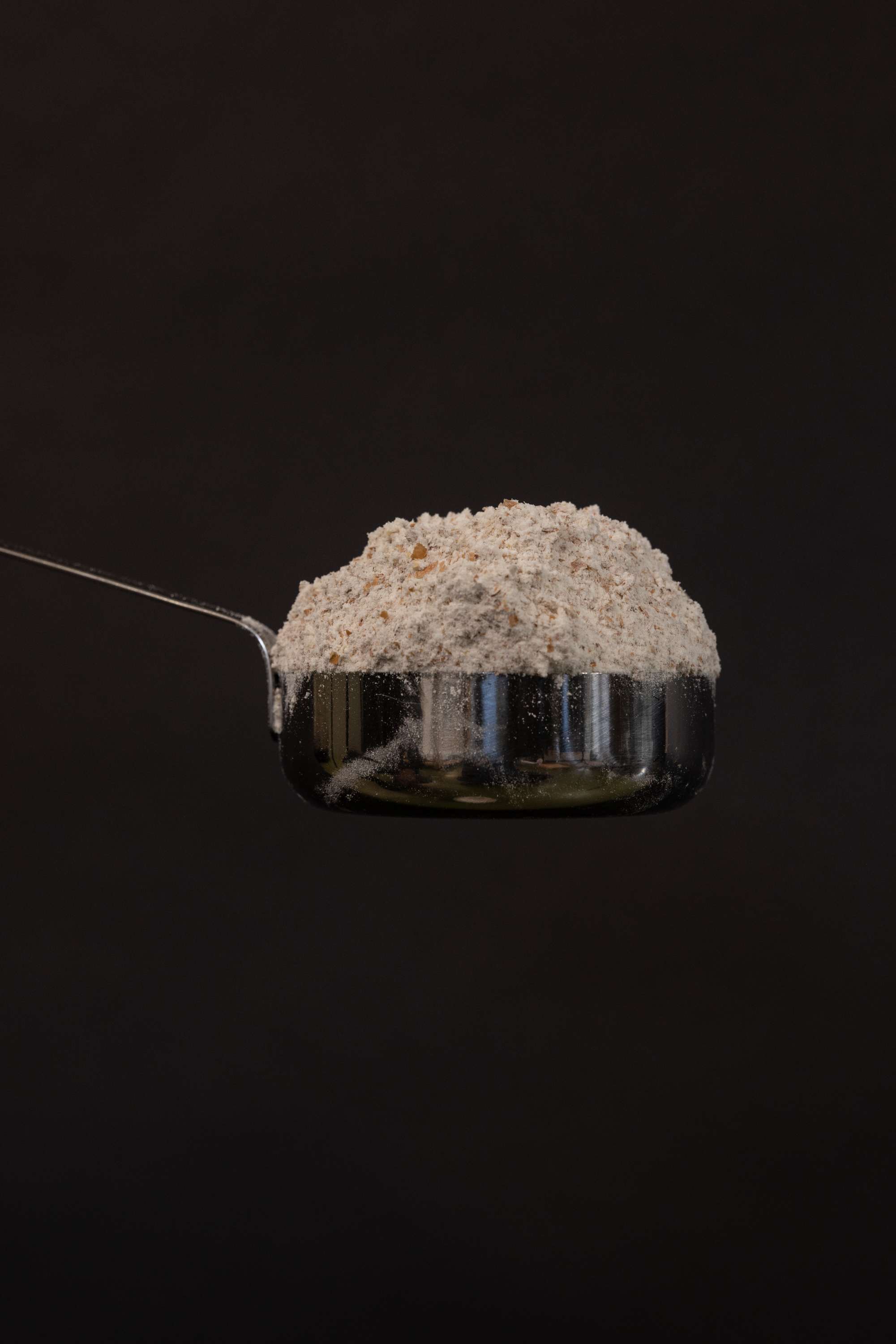







The degree of extraction of your flour

 4197 x views
4197 x views
The miller makes flour from grain. But not all flours are the same. The difference occurs during the milling and sifting of the grain. This is also called the "extraction rate." What does this extraction rate tell you about your flour?
Grinding a whole grain of wheat produces whole wheat flour. Because wheat is the most common type, it is also called whole wheat flour. A whole grain of spelt becomes whole spelt flour. Rye: whole rye flour. And so on.
For all types of grain, the grain consists of the following parts:
- 13-18% bran > the outer layers of the grain, including the husk and the aleurone layer
- 80-85% endosperm > the white core that primarily contains starch and sugars; this is what makes flour
- 2% germ
Most fiber and minerals are found in the outer layers (bran) of the grain. These are therefore retained in flour. That's why whole wheat flour is coarser and more nutritious than the much finer white flour.
The degree of extraction
The miller grinds the wheat grain and then sifts or sieves it. The bran, germ, and semolina (the coarse bits of the endosperm that form during milling) are sieved out to varying degrees. The amount, amount, or virtually no bran that remains determines the degree of extraction.
A high degree of extraction (of 100) means that the miller produces almost 100 kilos of whole wheat flour from 100 kilos of grain. Virtually nothing is wasted. The outer parts of the grain are also clearly visible in whole wheat flour.
The more bran is removed, the less brown the flour becomes. If all the bran is removed, white flour remains. Flour has a low degree of extraction. From 100 kilos of grain, the miller is left with roughly 50 to 60 kilos of flour. The flour is so white because it is the ground inner white core of the grain.
To indicate the degree of grinding, the Italians use a classification system. You'll find the various terms on the packages of flour from Italian mills. This way, you know what you're buying. The French and Germans also have their own terminology, as do the Americans.
In Belgium, the French classification is common, supplemented with specific terms such as "liquid flour" (for making sauces). The Netherlands uses its own terminology.
The various terms aren't entirely comparable from one country to another. The table below is our attempt to compare the most common terms by country.
Good to know: the degree of grinding indicates the presence of bran (the outermost parts of the grain) and how finely or coarsely ground a type is. The degree of grinding says nothing about the properties of the flour. In other words: all 00 flour is the same type, but not all 00 flour is identical. Characteristics such as protein content or w-value can vary by type.
The further down the table you go, the less bran you have left and the finer the grade. In Italian terminology, 00 flour is the finest grade, with the least bran.
Wheat extraction rate
|
Italy |
Germany |
France/Belgium |
US |
Netherlands |
Extraction rate* |
|
Farina integrale |
Type 1700 / 1600 |
T150 |
Dark Whole wheat |
Volkorenmeel |
95%-100% |
|
Tipo 2 |
Type 1050 |
T110 |
Whole wheat |
Gebuild meel / tarwemeel |
75%-90% |
|
Tipo 1 |
Type 812 / 630 |
T80 / T65 |
Light Whole Wheat |
Gebuild meel / tarwemeel |
60%-75% |
|
Tipo 0 |
Type 550 |
T55 |
High gluten flour |
Tarwebloem |
50%-65% |
|
Tipo 00 |
Type 405 (weizenmehl) |
T45 |
All purpose flour |
Patentbloem |
50%-65% |
|
Cake & pastry |
Patisseriebloem / |
45%-55% |
*A 100% extraction rate means that 100 kilos of grain yields almost 100 kilos of whole wheat flour. The other extraction rates in the table are indicative; they may vary by country and miller.
What is farina?
You often see the term farina on Italian flour. How do you know if there is flour or whole grain in the package?
farina di grano tenero = soft wheat flour
farina di grano duro = durum wheat / hard wheat
semola (rimacinata) di grano duro = (finely ground) durum wheat semolina
farina integrale = whole wheat flour
farina di frumento = wheat flour
Semola
The flour category contains another valuable ingredient for pizza bakers: semolina (pronounced séémola). You can mix it into your dough or use it to make Sicilian pizza dough. Semolina is also frequently used as an aid in preparing pizza crusts. A little semolina prevents the dough from sticking to the work surface during stretching.
What the Italians call semolina is called semolina in English. In Dutch, it's called semolina. The French call it semoule, and the Germans call it hartweizengriess.
Wheat semolina is the most common type, but semolina can also be made from spelt, corn, or barley.
Semolina can be made from soft wheat; this semolina is white. In the Netherlands and Belgium, it's used to make semolina pudding and semolina porridge (smoelpap in Flanders).
In Italy and other Mediterranean countries, semola di grano duro (the name suggests it) is produced from hard durum wheat. It is golden yellow in color. This is the type used in pizza dough, durum bread, or dried pasta.
To make semolina, the kernel of the grain (the endosperm) is ground. The coarser grain fragments are called "semolina." These are sieved out and sold as semolina.
The miller can grind the semolina coarsely, medium finely, or very finely. In Italy, you'll therefore encounter both the terms semola and semola rimacinata. Semola is the coarser version. In Italian, rimacinata means "re-ground." This is the finer variety. If you want to use semola to stretch your dough, always choose the finer type, rimacinata.




 0
0